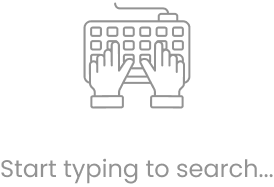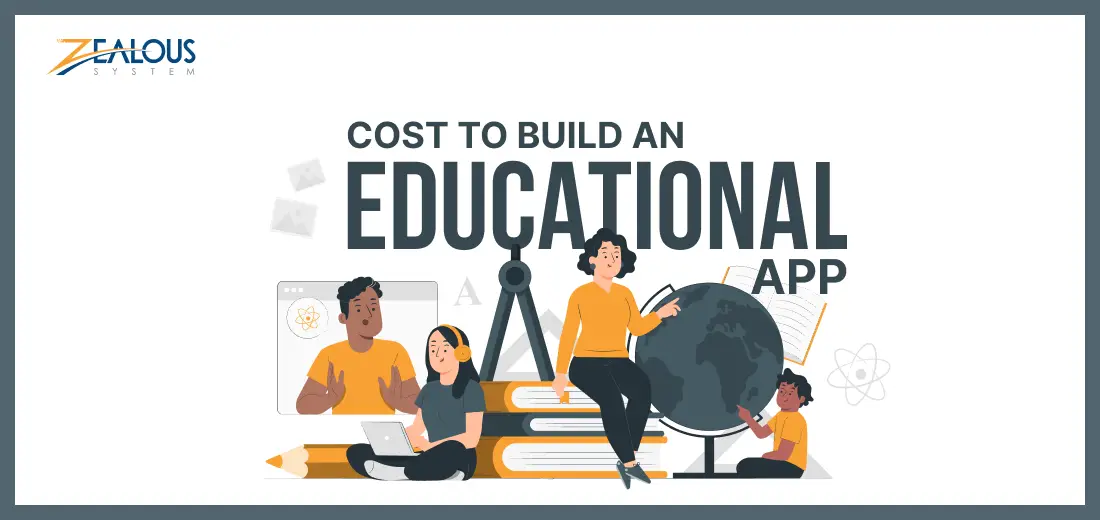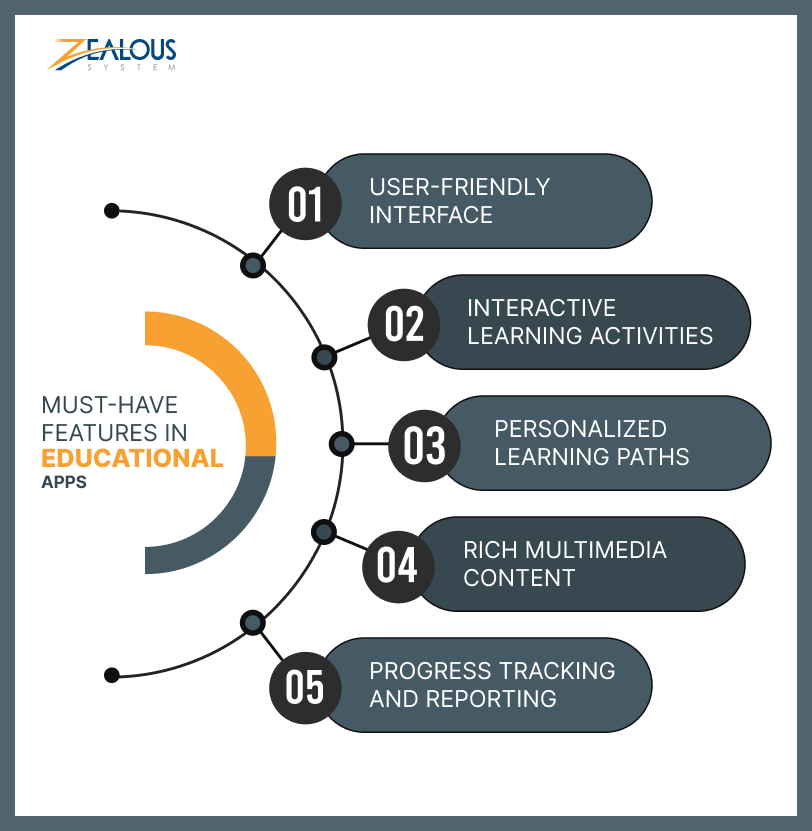


Are you thinking about creating an educational app and wondering how much it will cost? You’re in the right place! Building an educational app is an exciting project, but knowing the cost is essential before you start. The price depends on factors like the app’s complexity, the features you want, and the expertise of the developers.
The cost can range from a few thousand dollars for a basic app to hundreds of thousands for a more complex app with advanced features. It’s important to clearly define your app’s goals and features early on and work with experienced developers to get an accurate estimate.
Investing in the right educational app can greatly improve the learning experience, making it a worthwhile project for both education and technology enthusiasts. Now, let’s take a closer look at the factors that influence the cost of building an educational app. But first, we’ll cover the basics.
An educational app is a type of software created to improve and support online learning. It helps students, teachers, job seekers, professionals, online course platforms, and anyone looking to enhance their skills or education.
Education is an essential part of modern life, and educational apps offer businesses, schools, and learners a useful tool to discover new opportunities, keep growing, and stay competitive in today’s digital world.
From 2023 to 2030, the education app market is expected to grow at a 8.9% compound annual growth rate. An educational app is a carefully crafted digital tool designed to enhance learning, skill development, and knowledge acquisition in various educational settings. These technological resources offer effective ways to disseminate educational content, whether it’s for academic, professional, or personal enrichment purposes.
Educational apps cover a broad spectrum of subjects, ranging from mathematics, science, and language learning to history, art, and cognitive enhancement exercises. What sets educational apps apart is their ability to provide an engaging and interactive learning experience. The education app market is expected to grow to $404 billion by 2025. They often incorporate elements such as videos, games, and intelligent algorithms to achieve this.
52% of parents use educational apps with their children. Recently, these apps have gained widespread popularity due to the convenience they offer, allowing people to learn at their own pace and on their own schedule, all thanks to technology. Educational apps are readily accessible, user-friendly, and adaptable to various learning preferences. They play a significant role in modern education, facilitating ongoing learning, improved critical thinking, and the exploration of innovative teaching methods.
Certainly, let’s dive deeper into each of these reasons why investing in educational app development is a wise choice:
Educational apps provide personalized learning that adjusts to each person’s pace and preferences. This flexibility makes learning more engaging and helps people of all ages retain information better.
Educational apps boost user retention and loyalty by offering personalized recommendations and adaptive learning paths, encouraging users to keep using the app over time.
Education apps can use analytics to track learner progress in real-time. This gives helpful insights to educators and learners, making it easier to personalize and improve the learning experience.
The e-learning industry is booming, with global investments and user adoption surging. Developing an educational app lets you tap into a rapidly expanding market with high revenue potential.
Educational apps can handle a growing number of users with relative ease. This scalability is crucial for educational institutions that need to accommodate an expanding student body or rapidly adapt to increased demand, such as during peak enrollment periods.
Educational apps can transcend geographical boundaries. They are not confined to a single physical location, allowing educational institutions and content providers to reach a global audience. This global reach fosters diversity and cross-cultural exchanges in education.

An easy-to-use interface is essential for educational apps. It should be straightforward so students of all ages can navigate it without any confusion. Use clear symbols, labels, and menus to help users quickly find what they need. Keep the app’s design clean and visually appealing to ensure it doesn’t distract from the learning content.
Educational apps should include interactive learning activities like quizzes, games, and simulations. These activities should be engaging and match the learning objectives, encouraging students to participate and learn actively. The apps should also provide feedback and hints to guide students and help them correct their mistakes.
Customization is essential for effective learning, as educational apps should adjust to each student’s unique needs and learning pace. Features like adaptive quizzes and personalized suggestions, tailored to a student’s strengths and weaknesses, can significantly enhance the learning experience.
Additionally, students can set their own learning goals and track their progress over time, making the process more engaging and focused.
Use various multimedia types like videos, animations, and interactive diagrams to make learning fun and informative. Ensure the content is educational, visually attractive, and easy to follow. Offer options for both visual and auditory learners to access content in the way they prefer.
Educational apps should provide tools for students and teachers to track progress and assess learning outcomes. Features like gradebooks, progress reports, and performance analytics should be included. Teachers should access student data easily and adapt their teaching methods based on the insights.
The first step in creating an educational app is to come up with a great idea. Think about the type of app you want to build and who will use it. Is it for elementary, high school, or college students? Will it focus on subjects like math, science, language learning, or something else? Make sure your idea stands out and offers real value to users.
After defining your idea clearly, start researching. Look at existing educational apps to see what’s already available and find areas where you can improve. Analyze potential competitors by checking their strengths and weaknesses. This research will help you improve your concept and create a solid plan for your app.
Once you have a clear idea and a solid plan, start the design process. Create wireframes and mockups to see how the app will look and work. Focus on user-friendly designs that make navigation simple. Use design tools and software to turn your ideas into reality and develop a prototype.
Once the design is ready, the development phase begins. Hire a skilled team of mobile app developers who can turn your design into a working app. They will write the code, set up databases, and add important features like quizzes, progress tracking, or social sharing.
After development is complete, it’s important to test the app thoroughly. Check for bugs, glitches, and usability issues. You might want to run beta testing with a small group of users to collect feedback and make improvements. This testing phase ensures the app runs smoothly and offers a great user experience.
Start creating educational content for your app while testing it. This can include lessons, quizzes, videos, or interactive activities. Make sure the content matches your educational goals and is interesting for your target audience.
Make the necessary changes based on user feedback, then conduct a final round of testing and quality checks. This step will help find any remaining issues and make sure the app is ready for launch.
Congrats! Your educational app is ready to launch. Publish it on the right app stores like the Apple App Store or Google Play Store. Make sure you have a solid marketing plan to reach your target audience and promote your app effectively.
After the app is launched, keep gathering feedback and reviews from users. Pay close attention to their input and make regular updates to improve the app’s features and content. This will help keep the app useful and valuable for users.
To sustain and grow your educational app, you need to keep working on it regularly. Track its performance, fix any problems, and keep adding new content and features to keep users interested. By staying dedicated and making constant improvements, your app can become a valuable learning tool for users of all ages.
| Category | Cost Range | Description |
| Low (Basic App) | $5,000 – $20,000 | Simple features, minimal content, and design |
| Medium (Standard App) | $20,000 – $50,000 | Moderate complexity, more features and content |
| High (Advanced App) | $50,000+ | Complex features, extensive content, and design |
However, there are few more factors that affect the educational app development cost. Let’s see some:
Before starting the development of your educational app, it’s important to plan carefully. Identify the key features and prioritize them. Avoid adding unnecessary extras that could increase costs.
Choose the right technology stack for your app. Different technologies have different costs, so pick the ones that fit your budget and needs.
If your organization doesn’t have an in-house development team, consider outsourcing the work to a reliable and affordable development agency or freelancers. This option is usually more cost-effective than hiring a full-time team.
Use open-source tools and libraries, as they are usually free and can help you save a lot during development. There are many open-source options available for different parts of app development, like databases, frameworks, and design elements.
Maintain a simple and user-friendly design for your app. Elaborate and intricate designs can be expensive to implement. An uncluttered and intuitive interface not only reduces development time but also enhances the user experience.
Start your project by developing a Minimum Viable Product (MVP). Instead of creating a fully-featured app from the beginning, focus on building a simple version with the key features. This way, you can launch quickly, gather user feedback, and use it to guide future development, saving both time and money.
Rather than investing in costly on-premises servers, leverage cloud hosting services like Amazon Web Services (AWS) or Microsoft Azure. Cloud hosting offers scalability and cost-efficiency, as you only pay for the resources you actively use.
If you already have experience in app development or access to relevant code, think about reusing existing code components. This can greatly save time and money during development.
Allocate resources for detailed testing and quality assurance. Finding and fixing issues early can save money by avoiding costly rework later. Using automated testing tools can make this process more efficient.
After launching the app, keep an eye on its performance and gather feedback from users. Use this feedback to make informed decisions for future updates. Regularly improving your app can help save money in the long run by preventing the need for expensive major changes.
Are you in search of educational application development company that can captivate and empower learners of all age groups? Your solution lies with Zealous, your trusted software development partner! We recognize the importance of making education accessible, interactive, and effective in today’s digital era.
This is precisely why we specialize in creating sturdy educational applications that are made to your specific needs and objectives.
Our devoted team of dedicated developers, designers, and educators collaborates closely with you to bring your vision to life. No matter, whether you represent an educational institution, a startup, or a content provider, we possess the expertise and experience required to transform your concepts into a high-quality educational app.
From intuitive user interfaces to integrating gamification elements and ensuring a great content delivery, Zealous possesses the knowledge and enthusiasm to ensure your app stands out in the competitive world of educational technology.
In summary, when it comes to building your dream educational app, the cost can vary based on your unique requirements and features. But remember, investing in education is an investment in the future. At Zealous, your trusted mobile app development company is here to help you create an exceptional and cost-effective educational app that will empower learners and educators alike. Get started today!
Our team is always eager to know what you are looking for. Drop them a Hi!
Comments